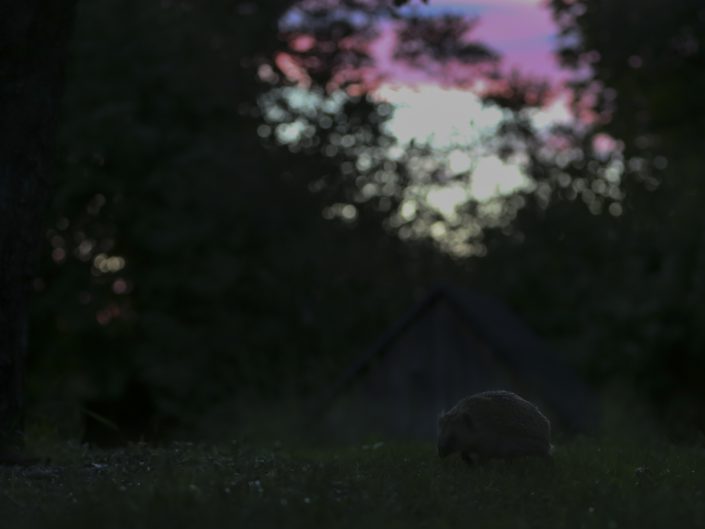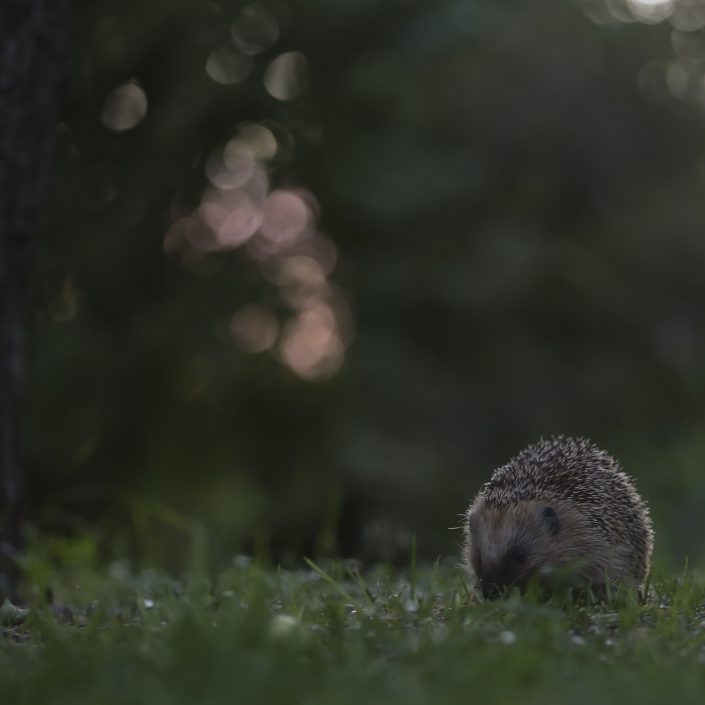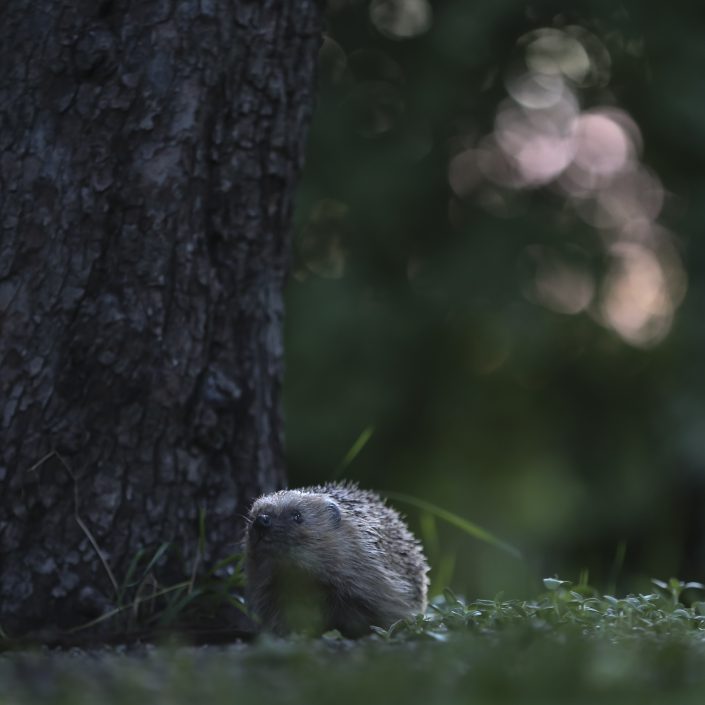This post is also available in: Swedish
European hedgehog – Erinaceus europaeus
European hedgehog – Erinaceus europaeus
The European hedgehog, also known as the West European hedgehog or common hedgehog, is a hedgehog species found in Europe, from Iberia and Italy northwards into Scandinavia. It is a generally common and widely distributed species that can survive across a wide range of habitat types. It is a well-known species, and a favourite in European gardens, both for its endearing appearance and its preference for eating a range of garden pests. While populations are currently stable across much of its range, it is thought to be declining severely in Great Britain.
The European hedgehog is omnivorous, feeding mainly on invertebrates. Its diet includes slugs, earthworms, beetles, caterpillars and other insects. The preferred arthropods are the millipedes Glomeris marginata and Tachypodoiulus niger as well as the ground beetle Carabus nemoralis. Some fruits and mushrooms may supplement their diet.
The breeding season commences after hibernation. Pregnancies peak between May and July, though they have been recorded as late as September. Gestation is 31 to 35 days. The female alone raises the litter which typically numbers between four and six, though can range from two to ten. Studies have indicated that litter size may increase in more northern climes. The young are born blind with a covering of small spines. By the time they are 36 hours old, the second, outer coat of spines begins to sprout. By 11 days they can roll into a ball. Weaning occurs at four to six weeks of age.





















